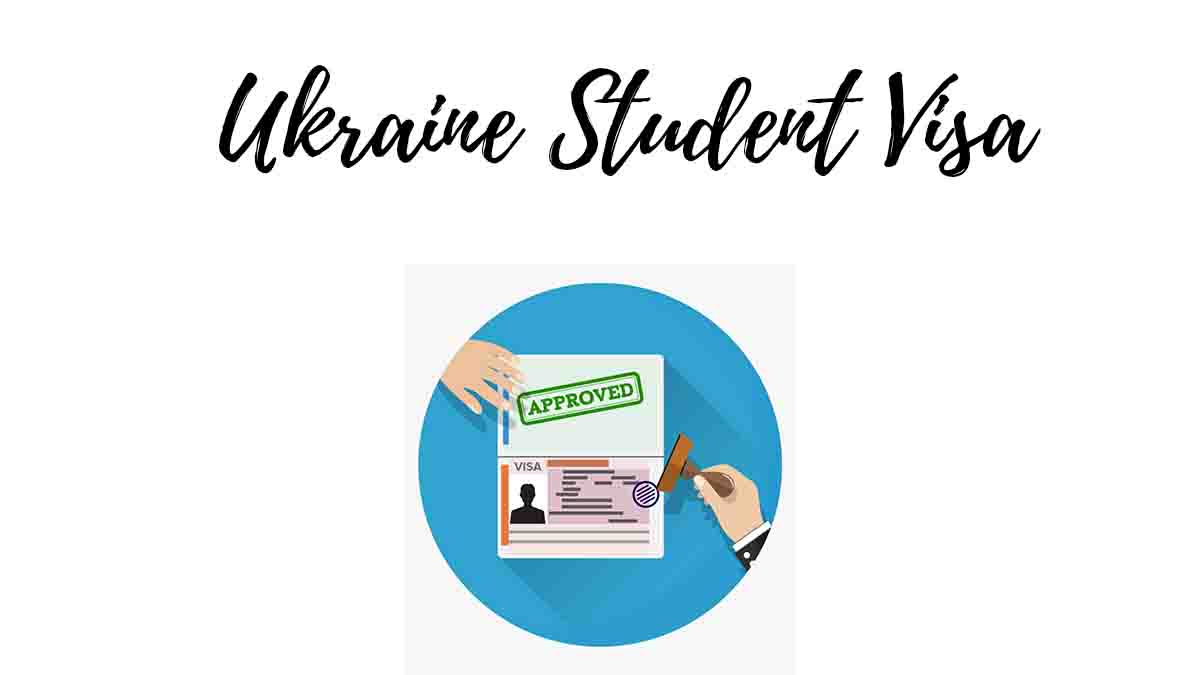We know you have searched the web to get a better understanding of the CTP Test. On that note, your pursuit for a good guide of the CTP Test just came to an end; why?
Because in this article, we’ll provide you with all the necessary information you need to know about this comprehensive test.
Basic tips about CTP Test:
The Comprehensive Testing Program (CTP) is an assessment designed for students in grades 1-11.
It covers a wide range of tests from listening to reading, writing, Vocabulary, mathematics, and science.
For beginners in Grade 3, quantitative and verbal reasoning subtests are part of the CTP tests.
The CTP also tests help educators measure the student’s curriculum-based performance, conceptual knowledge, and reasoning ability.
Major tips you need to know about the CTP Test:
The Comprehensive Testing Program (CTP) is a test given by schools to their students annually to understand how students would perform if it were to be a standardized test.
More so, it is conducted to see the performance of the school as a whole.
Sometimes, the CTP is referred to as the ERB (Educational Bureau Records), which is the company responsible for distributing the CTP.
However, it is noteworthy that the tests are not made by the ERB but are subcontracted to several companies. It is the Educational Testing Service that makes the CTP.
CTP Test: What is the significance of the CTP scores and results?
CTP scores are more like indicators that help estimate what quartile a student’s score falls into. Often, CTP scores help reveal specific areas of weaknesses.
For instance, a student who got a low score in the “explicit information” sub-section would most likely not be very disciplined about going back to the passage to search for answers.
For years, the CTP has remained the same, and its duration extends for a few days. The CTP results are intended only for parents, and most kids have no stake in it.
The results can also be helpful to school administrators interested in knowing their students’ performance compared to that of other schools.
Unlike the ISEE and other tests, the kids have little to gain or lose and do not typically prepare for it.
Even if they do, they don’t try so hard when taking it.
How is the CTP Test Written?
CTP is not just one test; it’s a series of multiple-choice, consisting of open-ended questions.
The test is administered to categories of students for days, which could take place either in the fall or spring.
A different level is usually administered to each grade (grade 1 through 11), as CTP has ten levels.
Early grades do not take the test under timed conditions, and their answers are usually marked in the test booklet.
On the other hand, middle and upper graders take the CTP under timed conditions, and their answers are marked on a separate answer sheet.
Most students can complete the test within the time limits, as it is usually generous.
In addition to the sentence structure, schools are given the option of including mathematical and open-ended reading comprehension questions in the test.
This makes provision for either complete, partial, or no credit scores.
CTP Test: Breakdown of the Comprehensive Testing Program Series
As explained in the introduction, the scope of CTP encompasses reading, writing, mathematics, vocabulary, and many more.
But for this article, we will be focusing on these four major sections.
When taking the CTP test, the recognition, understanding, and knowledge of several things are vital.
Thus, read more to learn.
CTP Test: For Reading and Auditory, it is essential to focus on the following:
- Vocabulary: How to define words in context.
- Explicit information: Identify main concepts and ideas, support details, and understand arranged information.
- Inference: Drawing conclusions, inferences on intrinsic main details and ideas, character motives, and ordering information.
- Analysis: Understanding cause and effect relationships, a character’s or author’s intentions, conditional relationships, or comparison and contrast.
- Reading for Understanding: How to recognize key details, provide selected readings interpretation, and explain the relationships between two different reading passages.
CTP Test: For Vocabulary, focus on the following:
- Word meanings: Determination of the correct definitions from several meanings, identification of antonyms and word meanings, and pair words and their synonyms together.
- Application: Identification of a word’s conceptual characteristics and illustrations, and category.
- Precision: Selection of specific words.
Note that all vocabulary questions are shown in the context, either through reading passages.
CTP Test: For Writing Mechanics, focus on these:
- Spelling: Knowledge of phonics, structural analysis, or frequently used words should be applied to identify incorrect and correct spellings.
- Capitalization: Proper nouns, first-person pronouns, adjectives identification at the beginning of a sentence.
- Punctuation: Proper and improper use of end punctuation, colons, commas, apostrophes, dashes, and hyphens should be identified.
- Usage: Correct conventions, dates, outlines, quotations, abbreviations, titles, and letter formats should be appropriately identified, as well as a grammatically accurate written language.
- Topic development: Relevance and cohesiveness of ideas to topic determination and the relationship between audience and its purpose understanding.
- Organization: Logical progression of ideas should be determined, inclusive of effective transitions between paragraphs and suitable conclusions. More so, the clarity and cohesiveness within a paragraph unit should be determined.
- Supporting details and examples: The effective use of ideas for a particular writing sample should be recognized, as well as its relevance.
- Style: Fluent and effective structural sentence, writer’s voice in various writing samples, and suitable word choices recognition.
CTP Test: For the Mathematics Section, these are things to focus on:
- Numbers & Number sense
- Reasoning
- Whole number operations
- Geometry – Spatial sense
- Measurement Computation
- Problem-solving
- Statistics & Probability
- Functions
- Patterns
- Number systems & theory
- Fractions & Decimals
- Procedural knowledge
- Pre-Algebra
- Conceptual understanding
Conclusion
The Comprehensive Testing Program (CTP) is a test created for students in grades 1 through 11 made by the Educational Testing Service and distributed by the ERB (Educational Bureau Records).
It is a breakdown of sub-section of tests that covers reading, writing, Vocabulary, mathematics, and science.
The CTP tests help educators measure the student’s curriculum-based performance, conceptual knowledge, and reasoning ability. The test is typically content-specific.
Schools and span construct CTPs for days. The test is multiple-choice, consisting of open-ended questions, and a potent tool in ascertaining weaknesses.
Awesome one; I hope this article answered your question.
Share this Information.
Editor’s Recommendations:
- How to Create a Balanced Plate: The Key to Healthy Eating
- How to Start a Virtual Book Club with Friends
- The Top Credit Score Hacks Every Young Adult Should Know
- The Pros and Cons of Rental Property as a Passive Income Stream
- Enhancing Your Clinical Psychologist Job Prospects with Professional Help
- The Impact of Graphic Design School on Your Future Earnings Potential
- 7+ College Scholarships for Muslim Students (FAQs)
- Flavor of the Month Scholarship 2024 (Requirements, FAQs)
- Vegetarian Scholarship (Requirement, Deadline, FAQs) | 2025
- John and Abigail Adams Scholarship 2022-2024 (Eligibility, Deadline)





